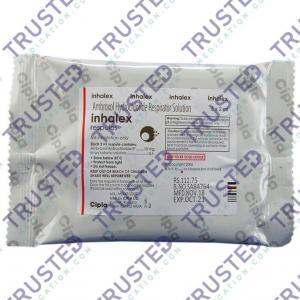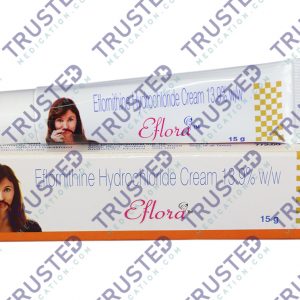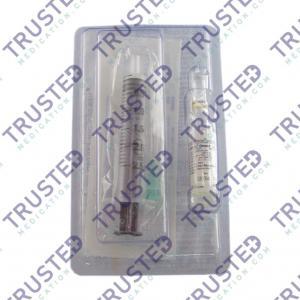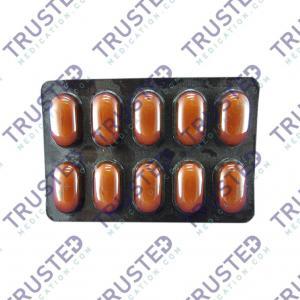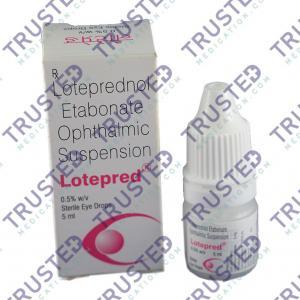
Bursitis is a painful condition in the fluid-filled sac called Bursa. The most common locations for bursitis are in the shoulder, elbow, and hip. In addition, bursitis can be found in the knee, heel, and base of the big toe. The most common location for bursitis is near joints subjected to repetitive motions regularly.
To prevent bone from rubbing against muscle, tendons, or skin, these sacs cushion these areas. As a result of lining these areas, bursae reduce friction, rubbing, and inflammation. Although you have bursae throughout your body, bursitis most often occurs around the joints.
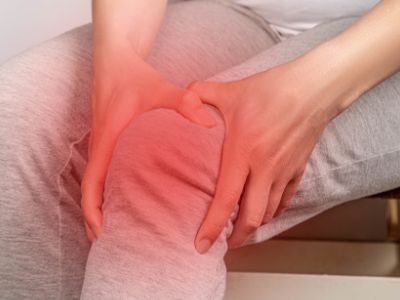
Symptoms of Bursitis
- Joint swelling
- Joint pain
- The skin redness may also appear purple or darker
- Thickening of Bursae
- Trouble bending your leg due to prepatellar bursitis
- With olecranon bursitis, it may be hard to bend your arm
What are the Types of Bursitis?
- Prepatellar bursitis. Inflammation around the kneecap, also known as the patella, can be acute or chronic.
- Retrocalcaneal bursitis. It may cause pain and swell in your heel that can be acute or chronic.
- Olecranon bursitis. It is inflammation around your elbow. Two bursae are affected in the area of your elbow called the olecranon.
- Trochanteric bursitis. It occurs in the bursae of your hips and can develop slowly. It may appear alongside other medical conditions, such as arthritis.
Ways to Reduce Bursitis
- Keep the affected area resting and don’t overdo it.
- Reduce inflammation and pain with over-the-counter medications such as ibuprofen and naproxen sodium. Some are available in a form you apply to the skin.
- Physical therapy or exercises can strengthen the muscles in the affected area to ease pain and prevent recurrence.
- Using a small pillow between your legs will cushion your knees when you sleep on your side.
- If symptoms occur within 48 hours of onset, apply ice to reduce swelling.
- Take a warm bath or apply dry or moist heat, such as a heating pad.
Treatment for Bursitis
Generally, bursitis improves on its own or may not need any medication. Some medications such as antibiotics may also help the inflammation in your bursa caused by an infection. Injections of corticosteroids are also recommended to relieve pain and inflammation in your shoulder or hip. This treatment generally works quickly and, in many cases, one injection is all you need.
Diclofenac Sodium for Bursitis Treatment
Diclofenac Sodium is a non-steroidal NSAID to relieve pain, inflammation, and joint stiffness caused by conditions like bursitis. Diclofenac sodium works by lowering the substances that cause the pain. It also lowers the inflammation in the body. The onset of the effect of this drug will occur 10-30 minutes after taking. The medicine will stay live in the body for 1 to 2 hours.



